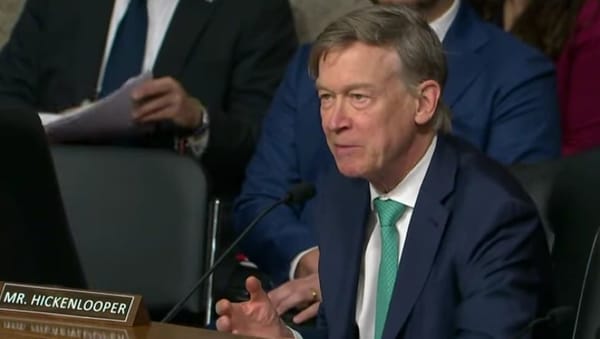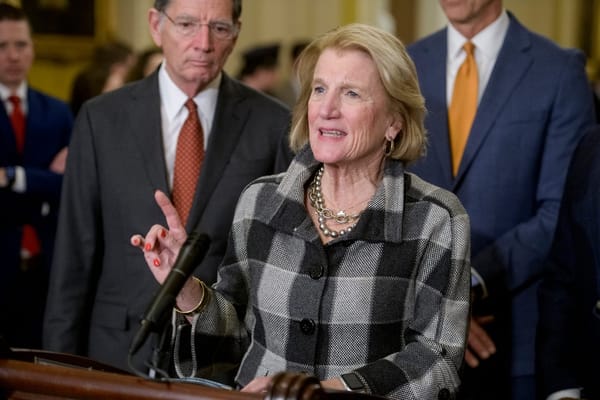State and Regional Broadband Initiatives Are Critical to Expanding Internet Access
September 24, 2020 — Many states have taken action to speed the deployment of broadband to unserved and underserved regions by developing statewide broadband programs that typically include funding commitments, legislative initiatives, and provide access to other inventive resources. “States play a
Jericho Casper

September 24, 2020 — Many states have taken action to speed the deployment of broadband to unserved and underserved regions by developing statewide broadband programs that typically include funding commitments, legislative initiatives, and provide access to other inventive resources.
“States play a very important role in expanding broadband access,” said Anna Read, officer of broadband research initiatives at Pew Charitable Trusts, during a webinar on regional and state broadband initiatives on Wednesday, which aired as part of Broadband Communities 2020 Virtual Summit.
“About half of states have broadband grant programs and have been funding infrastructure projects to unserved regions,” said Read, who recently completed a report that offers a detailed look at what constitutes an effective approach to state broadband programs.
Read’s report finds that successful state approaches tend to consist of stakeholder engagement, a clear policy framework, planning and capacity building, sufficient funding, and program evaluation and evolution.
See “How States Are Expanding Broadband Access,” Pew Trusts, February 27, 2020
Read detailed findings from the state broadband programs she found to have the most success, as she was completing a case study on nine states’ broadband initiatives, for the recently published report.
“One of the earliest states to establish a broadband program was Maine,” said Read, saying the state established ConnectME Authority as an independent state agency in 2006.
In 2015, Maine’s administration passed further legislature which provided financial support for planning grants, which help communities come together to develop solutions and aid in educating local leaders on the importance of broadband.
Maine’s broadband agency has been providing grants for over a decade and continues to adapt their approach to best cater to public need, according to Read.
“Minnesota has been a leader in the space for a number of years,” said Read, detailing another successful state initiative.
“The state not only has a broadband grant fund, but has state established broadband goals,” said Read. The state has an interim goal of providing 25 download / 3 upload Megabit per second, Mbps, speeds to all Minnesotans, and a secondary goal of providing 100/20 Mbps speeds to state residents by 2026.
“By setting state standards, the state’s Broadband Task Force has been able to focus on making progress towards the higher speed goals,” said Read. According to Read, Minnesota “has become a state that others look to” when establishing broadband initiatives.
The value of regionalism to bring better broadband
Jory Wolf, vice president of digital innovation at Magellan Advisors, spoke on the value of regionalism, and the merit of cities and counties coming together to form coalitions, to bring better broadband.
Wolf detailed a case where 15 cities banded together in South Bay, California to build a regional broadband network, in the hopes of boosting local economic development.
“Most of the cities involved had no fiber and no copper assets,” said Wolf, arguing that “each one of these cities would not have been able to do this on their own.”
The expert panel expressed their hopes for the future of regional and state broadband initiatives, in conclusion. Read said states need to “address barriers and take actions to foster projects.” She noted that while the pandemic has rendered a lot of attention to short term solutions, there is a lot more states could be doing to address long-term barriers in policy, planning and commitment.










Member discussion